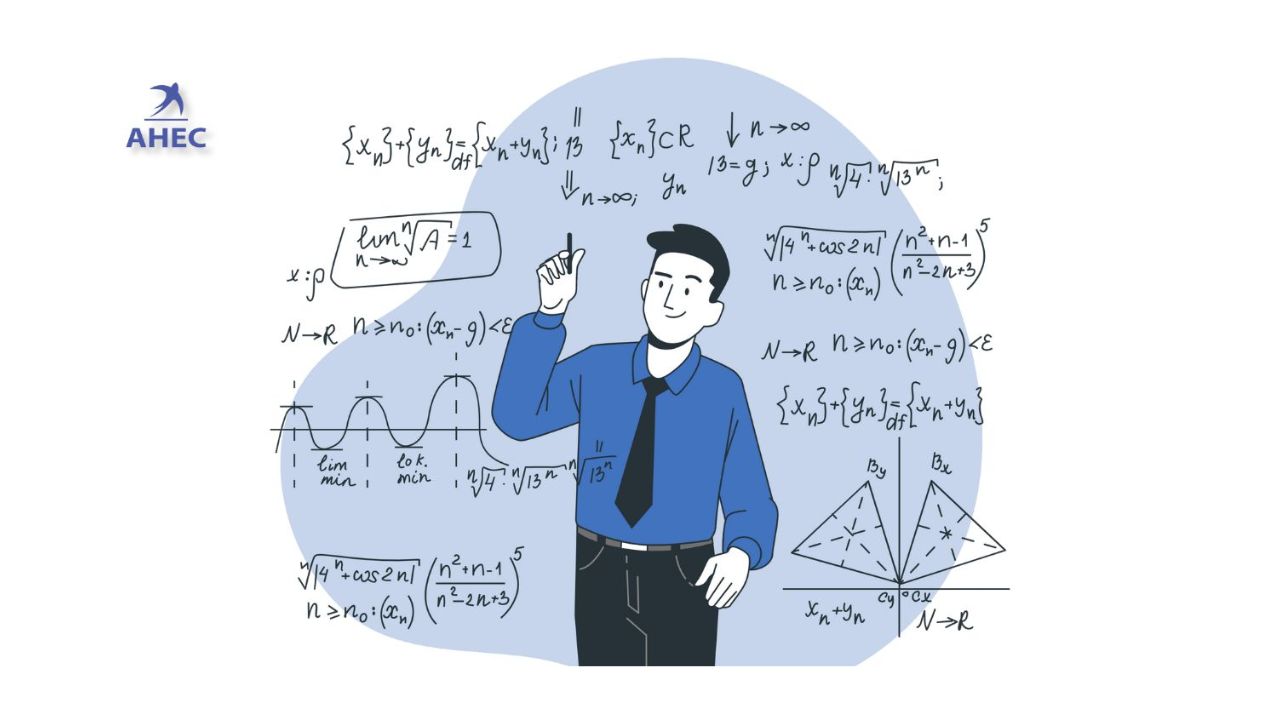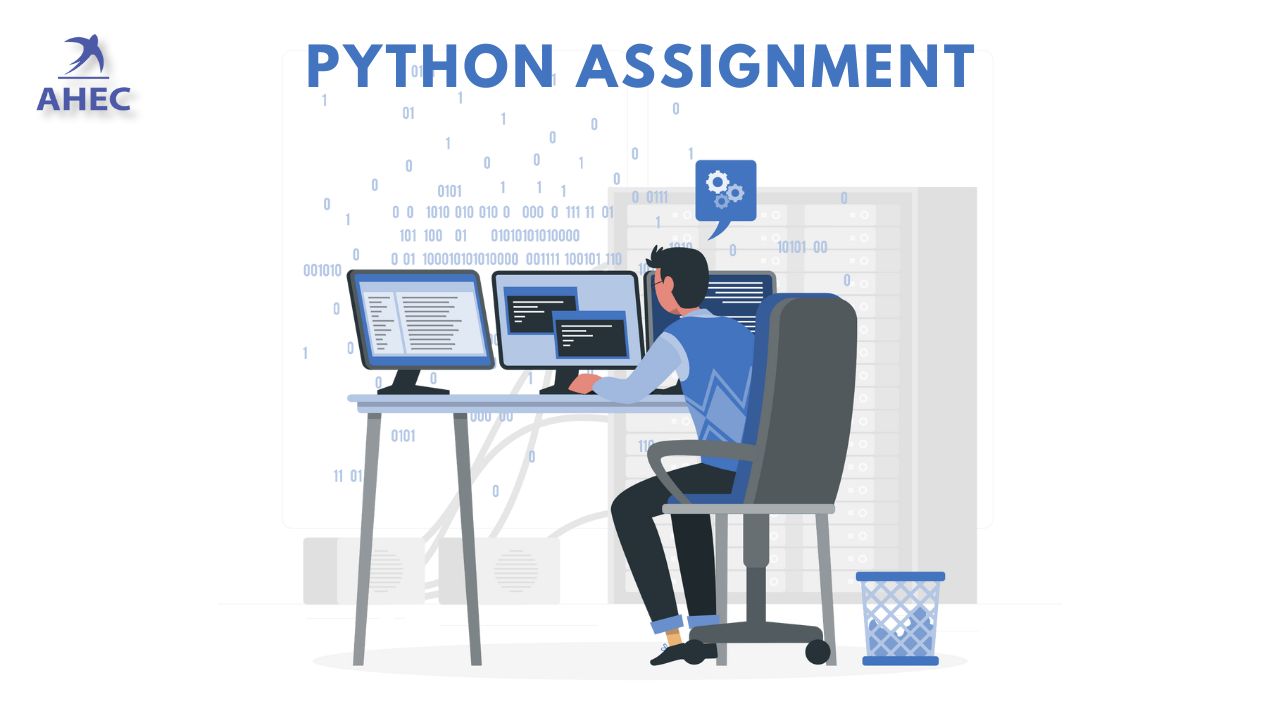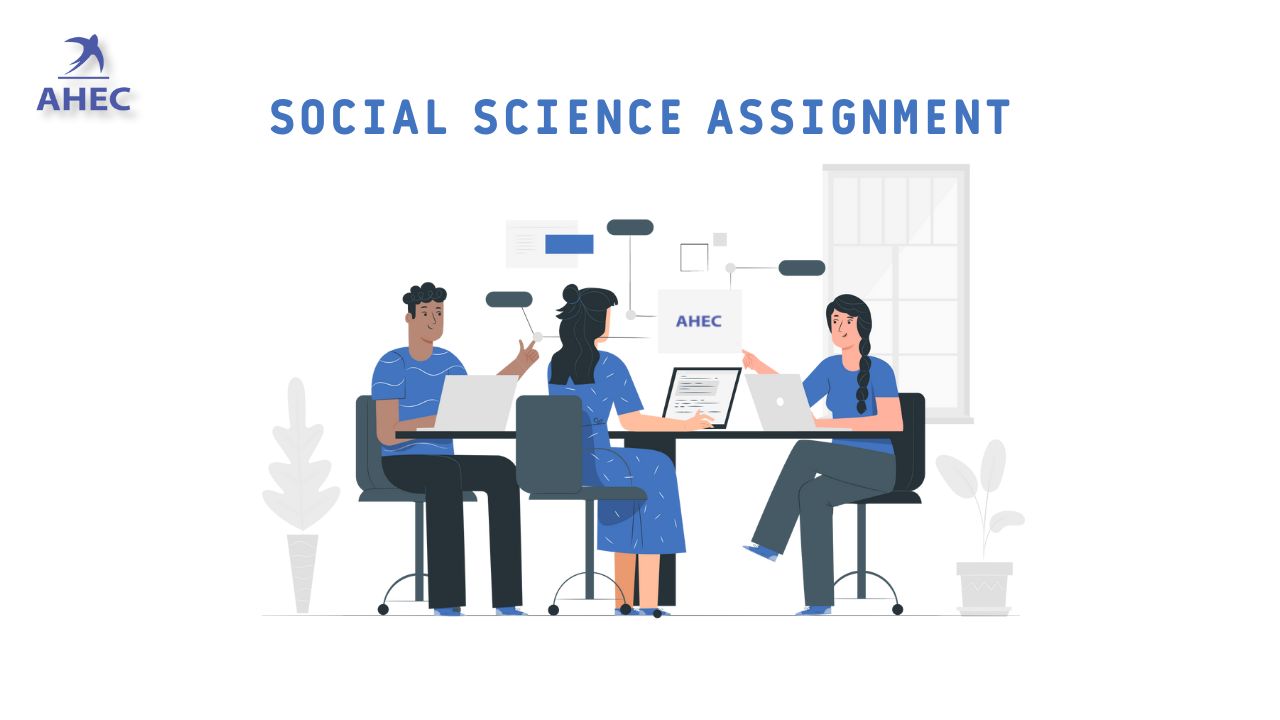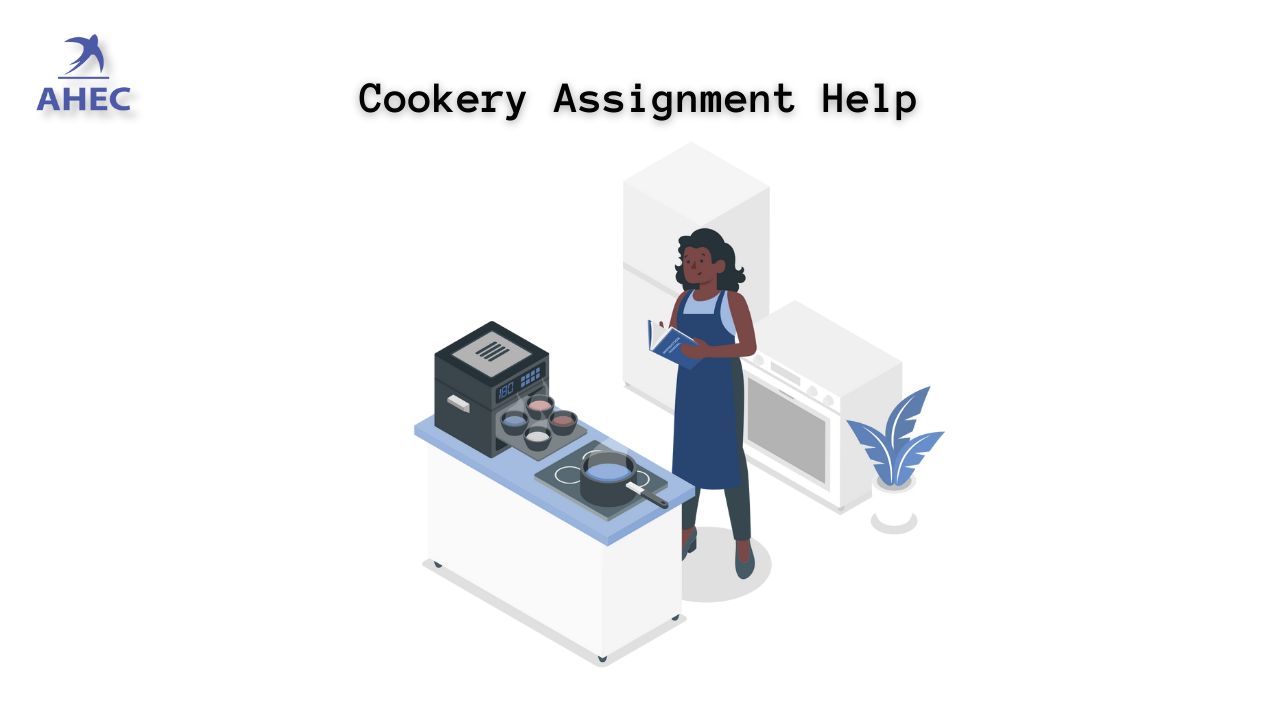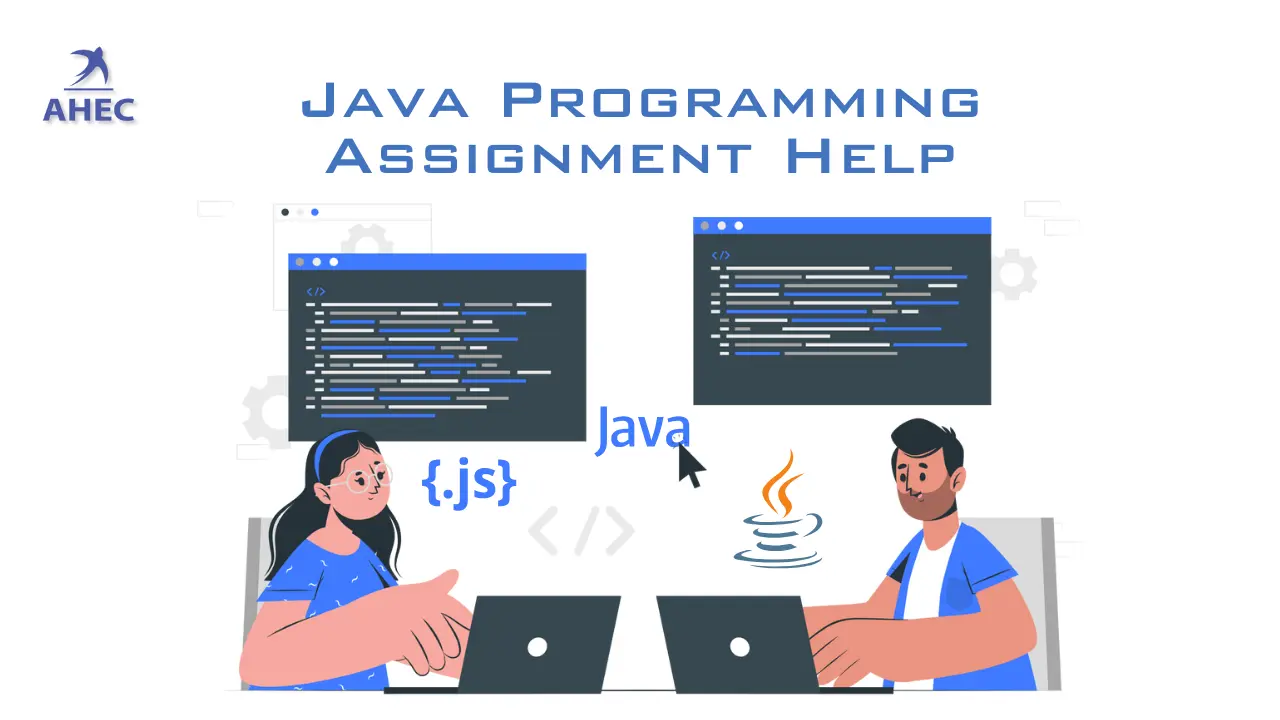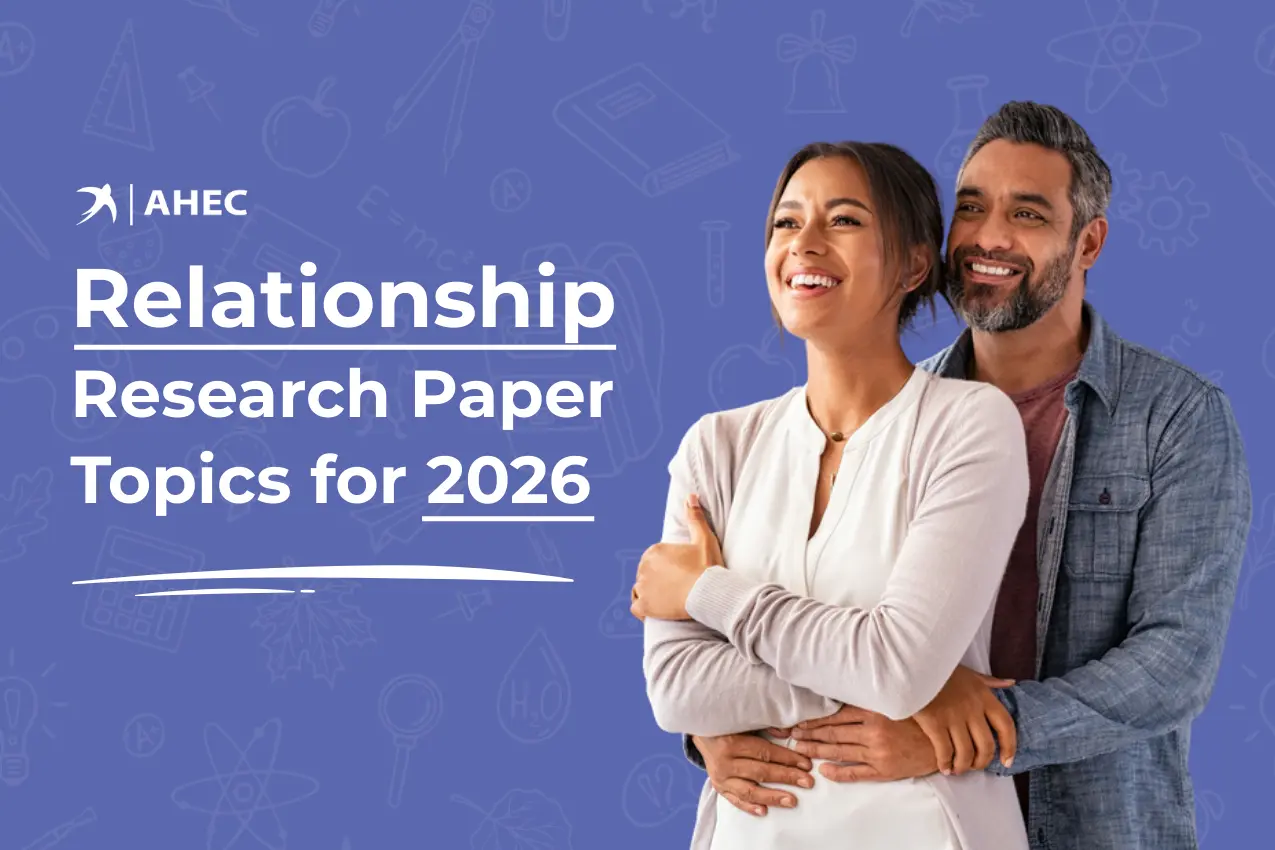It is easy to understand generic conventions. The universal appeal of movies and books is evident. Think about the story that appeals to you most. Remember what attracted you to these characters.
Recall what attracted you to the story's setting. What did you learn about the lives of the characters? How did you feel their emotions?
Generic conventions refer to the characteristics that writings show which allow them to be classified under a particular genre. To distinguish themselves from other films, almost all Westerns use the iconography of horses, cowboy hats and six-shooters. Comedy will also use recorded laughter, a few recurring characters and locations and a lot of catchphrases.Generic conventions are a powerful tool for both spectators and producers.Producers can attract a specific target audience by clearly stating the genre of the text in the script's first few sentences.Audiences can quickly identify the genre of a text and decide whether to read it.Generic conventions define the genre of the text, so people can either hear or read it depending on their preferences.
Generic Features
We mean "generic characteristics" a set of characteristics that is not dependent on the domain or application in which they are used. This can be used to establish high baseline quality and relation extractions.
Types of genres in writing
- Mythology
- Science fiction
- Fantasy
- Comedy
- Dystopia
- Satire
Genre conventions are used to describe story features like character archetypes and pivotal events. These conventions not only help identify the genres, but also establish expectations for the reader when they are reading tales in that genre.
Literary conventions
Literary strategies that are well-known include metaphor, personification and simile. Literary conventions and devices are used to set the mood and expectations of the reader when writing a piece.
Common features of literary genres that are not reprinted often
There are four types of literature: fiction, poetry, nonfiction and drama. Each style has its own structure, topic matter, style and use of figurative language. Nonfiction, however, is not a genre that makes use metaphors or any other figures of speech. Because of the genre, readers make assumptions about what will happen to the work.
Story conventions
We refer to these common narrative patterns as "story conventions" in storytelling media. Here are some examples: Structures for storytelling. The consequences of actions. The formation of a character
A short story about conventions
They're masters at combining the five essential elements of a short story: character (place), conflict (narrative), and theme.
Film genre
A film genre, when it comes to motion pictures is a stylistic/thematic grouping that is based either on commonalities in the narrative components, artistic approach or emotional reaction to the movie.
Technical conventions vs. theatrical conventions
Technical conventions include lighting, monologues, lighting, lighting, costumes, entrances and exits, lighting, lighting, and conversation. There are many theatrical conventions, including split focus, flashback/flashforward, narration, soliloquy and articulated thinking.



































